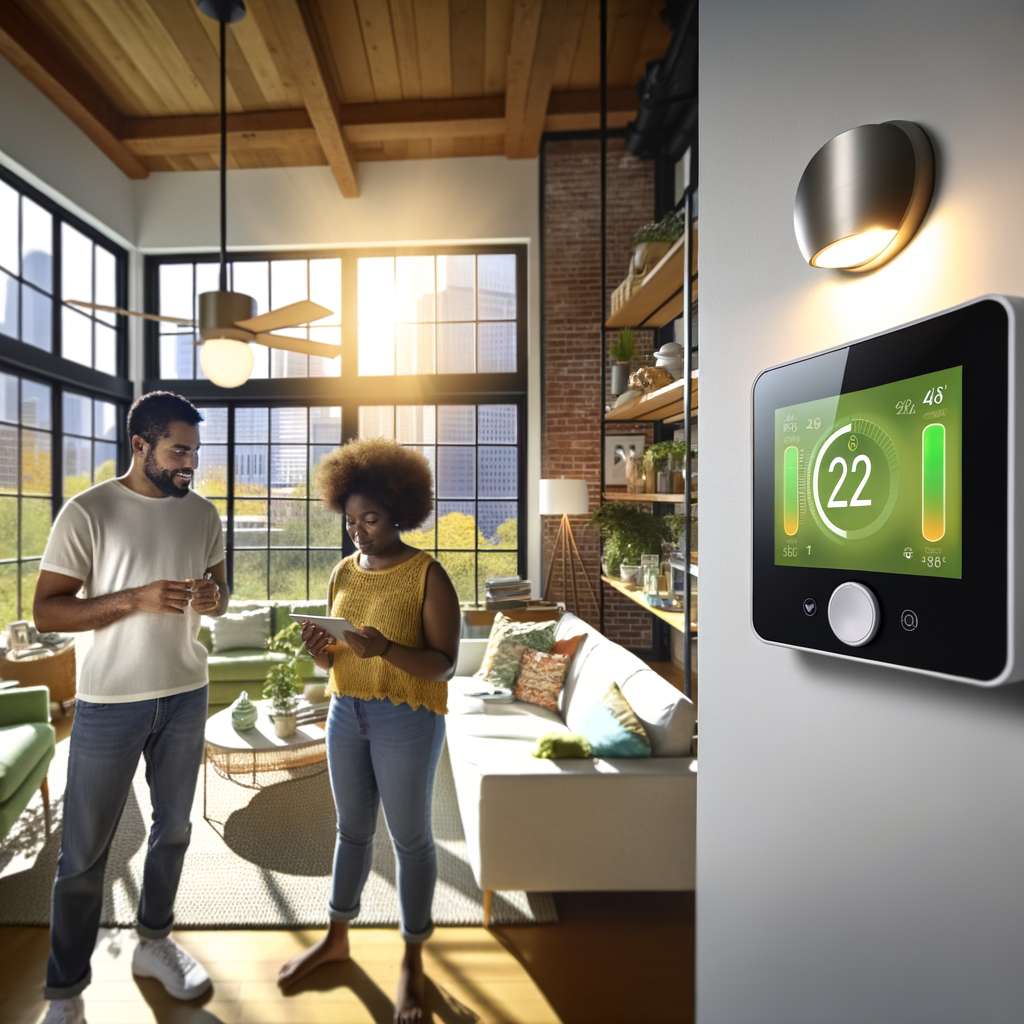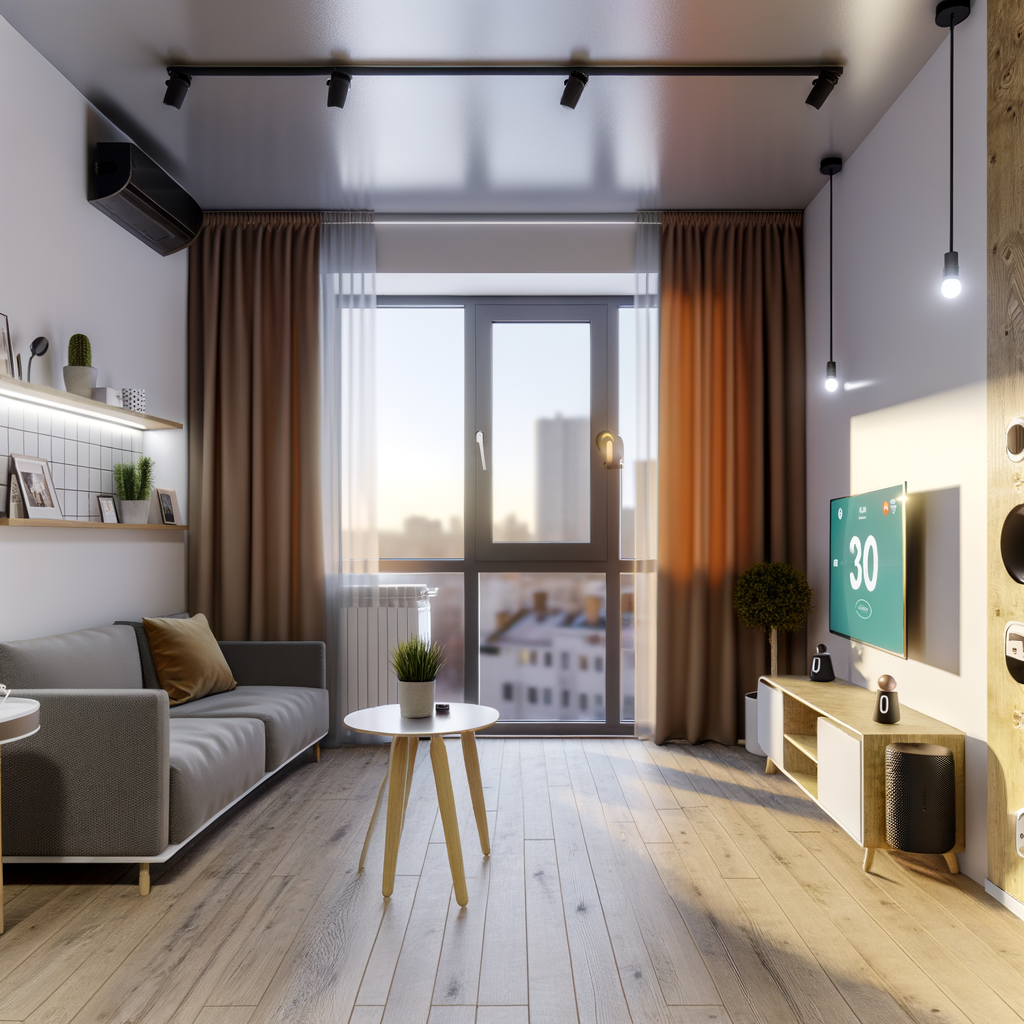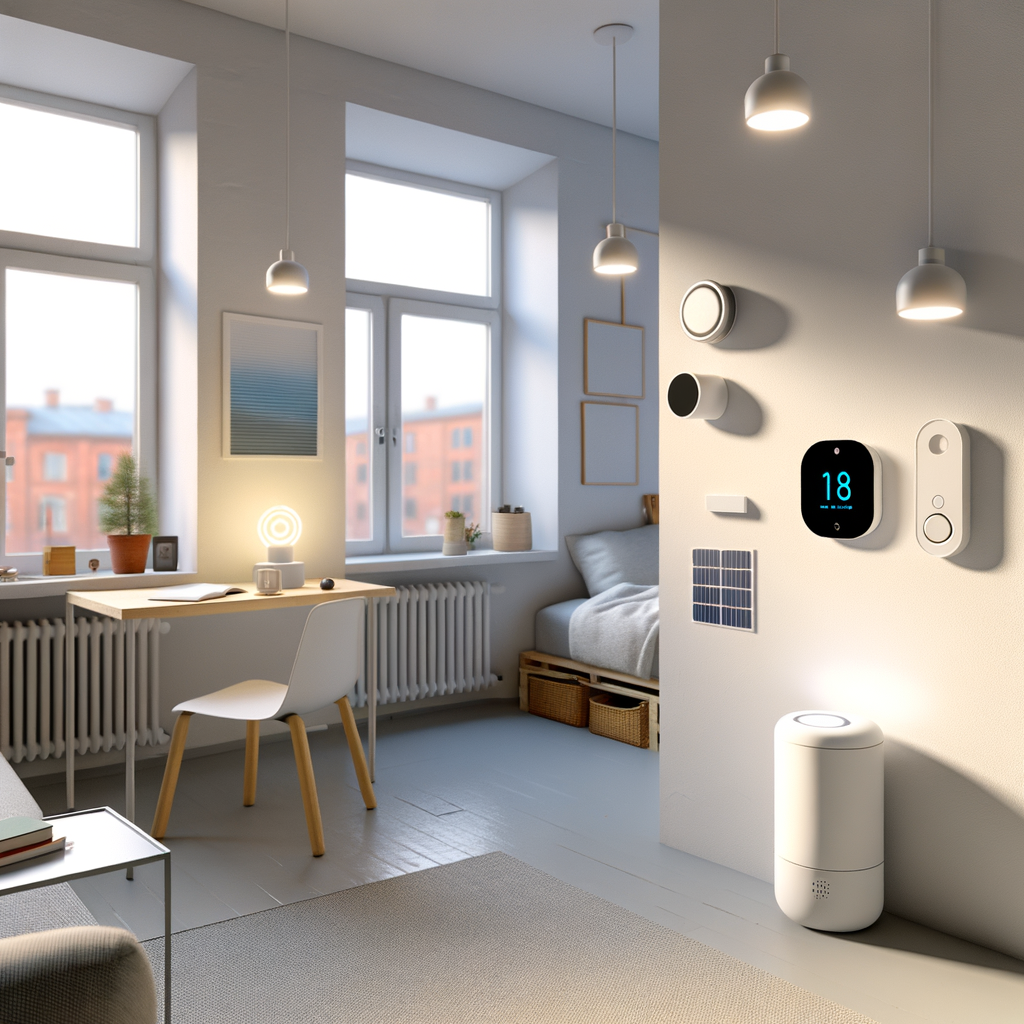Myth-Busting Smart Thermostats: What Renters Really Need to Know About Energy Savings
Smart thermostats are often pitched as the ultimate solution for lowering energy bills and maximizing comfort. But as a renter, you might be asking: “Is installing one really worth it for me?” In this guide, we’ll separate fact from fiction, address common misconceptions, and offer practical advice tailored specifically for renters seeking real energy savings.
Understanding Smart Thermostats: What They Actually Do
Before you invest in a smart thermostat, it’s crucial to understand what you’re getting. At their core, smart thermostats are advanced devices that:
- Automate your heating and cooling schedules
- Enable remote temperature adjustments via smartphone apps
- Analyze usage to optimize HVAC performance
- Offer energy reports and savings suggestions
Most importantly for renters, many popular models are now designed to be easy to install and uninstall, minimizing the risk of landlord objections.
Top Myths About Smart Thermostats—Debunked
Myth 1: Smart Thermostats Require Complex Installation
The reality: Many renters assume installing a smart thermostat is a complicated process—especially since you may not own your unit. However:
- Most smart thermostats are designed for DIY installation. With a screwdriver and basic know-how, setup usually takes less than 30 minutes.
- They’re often compatible with existing wiring. No need for structural changes or advanced electrical work.
- If necessary, you can reverse the installation before moving out, leaving no trace behind.
Tip for Renters: Always check your lease and ask your landlord for permission before making any changes. Some property owners may even welcome the upgrade if you offer to return the original thermostat at move-out.
Myth 2: Energy Savings Are Exaggerated
The reality: There’s a lot of marketing hype about “up to 20% savings” promised by smart thermostat manufacturers. While savings vary due to user behavior and local climate, reputable studies show:
- Energy Star-certified smart thermostats help reduce heating and cooling costs by 8–15% on average.
- Programmable features ensure you’re not heating or cooling an empty apartment.
So, while a smart thermostat alone won’t slash your bill in half, it can make a measurable dent—especially if you’re proactive about settings and habits.
Myth 3: Only Homeowners Can Benefit
The reality: Many renters believe smart home technology is reserved for homeowners. In truth:
- Wireless smart thermostats (and some battery-powered models) don’t require hardwiring.
- Sophisticated mounting kits minimize wall damage.
- Some landlords are eager to support “green” upgrades that boost listing appeal.
It’s often easier than you think to bring your thermostat with you to your next place, making it a smart investment for frequent movers.
Myth 4: They Only Work with Central HVAC
The reality: While smart thermostats are most commonly used with central heat and air, the technology is expanding. Look for:
- Smart room thermostats and smart AC controllers for window units or ductless mini-splits
- Plug-based smart thermostats that manage portable heaters and ACs
There’s likely an option for your setup—even if you don’t have a traditional central system.
Potential Drawbacks and How Renters Can Address Them
It’s important to be realistic about the constraints renters face. Here’s what to watch out for, and solutions to keep things hassle-free:
- Permanent changes may be prohibited. Solution: Opt for installation kits or adapters that minimize or prevent wall damage.
- HVAC compatibility issues. Solution: Use thermostat compatibility checkers on manufacturer websites before purchase, and verify whether your system uses high-voltage (line-voltage) wiring, which may need a different model.
- Connectivity risks. Solution: Make sure your WiFi signal reaches your thermostat’s location, or consider a model with Bluetooth/app-based setup.
- Leaving your device behind during a move. Solution: Always save the original thermostat and mounting hardware, so you can reinstall it and take your smart thermostat to your next place.
Smart Thermostats vs. Basic Programmable Thermostats: What’s the Difference?
You might ask: “Why buy a smart thermostat when $25 programmable models exist?” Here’s what sets smart thermostats apart:
- Remote access: Adjust temperatures from anywhere via your phone.
- Auto-learning: Many smart models learn your schedule and preferences to optimize savings without manual programming.
- Integration: Many units sync with smart home devices—like voice assistants, lights, and security systems—for broader control.
- Energy tracking: Access detailed reports and personalized tips based on your real usage patterns.
How Much Can You Really Save?
Let’s cut through the marketing lingo. The exact dollar amount varies, but here’s what a typical renter might expect:
- Average annual energy savings: $50–$150 depending on climate, utility rates, and your habits
- Renters staying 1–2 years: Can often make back the investment in energy savings alone, especially in high-utility-cost locales
- Potential for additional comfort, convenience, and eco-friendliness on top of lower bills
Actionable Steps: Maximizing Smart Thermostat Benefits as a Renter
1. Get Landlord Approval—The Smart Way
- Review your lease for specific language on appliances or alterations.
- Prepare your pitch: Emphasize non-destructive installation and energy savings (which benefit the landlord too in all-inclusive rent scenarios).
- Offer to restore the original thermostat before moving out.
2. Choose a Renter-Friendly Model
- Battery powered or wire-adapter kits prevent permanent changes to wiring or walls.
- Smart AC controllers for window or mini-split units if you don’t have central HVAC.
- Prioritize models with easy removal and reinstallation instructions.
3. Install for Quick Removal
- Keep all hardware and the original thermostat in a safe place.
- Use painter’s tape or low-damage mounting strips for accessories, when possible.
4. Use Features That Drive Real Savings
- Smart scheduling: Set customized routines for weekdays vs. weekends, or switch to eco-mode when you’re away.
- Geofencing: Enable apps that adjust temperature when you leave or return home (hands-free savings!).
- Energy reports: Review monthly summaries to spot wasted energy and tune your settings.
- Integrate with your voice assistant (“Alexa, set temperature to 68”) for even easier adjustments and habits.
5. Optimize Around Your Lease Terms
- If you have a short-term (12-month or less) lease, look for models frequently on sale or available refurbished.
- Renters with all-utilities-included leases won’t see direct savings, so consider whether convenience and comfort justify the purchase.
If You Can’t Install or Replace the Thermostat…
Some leases are strict, or buildings have wired thermostats controlled by management. If direct installation isn’t permitted, consider these alternatives:
- Smart radiator valves (for steam or hot-water systems, common in older apartments)
- Plug-in smart modules for portable heaters or air conditioners
- Portable smart thermostats—set them up without touching the wall!
These products deliver many of the same convenience and savings features—without any permanent alterations.




